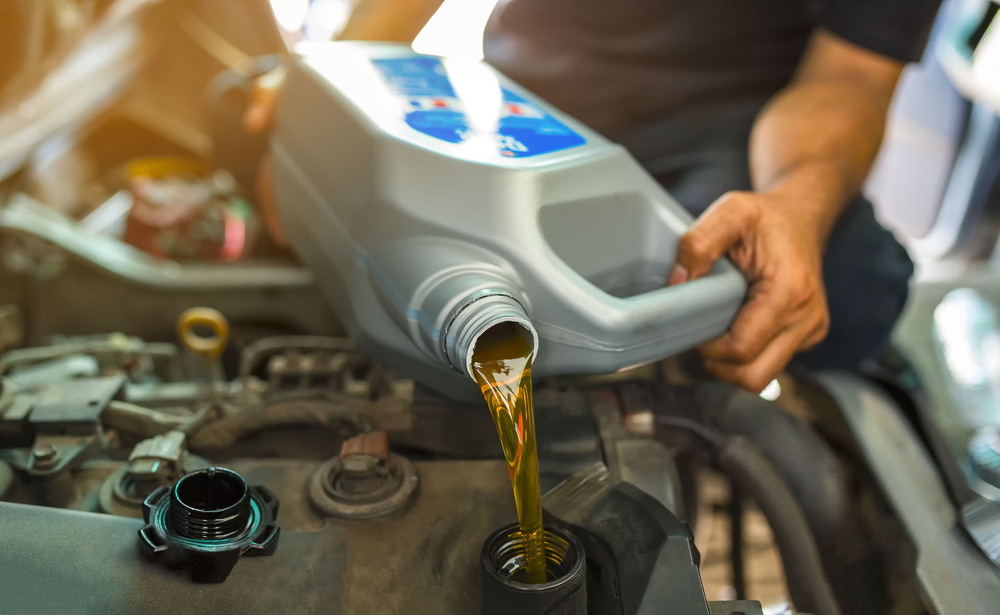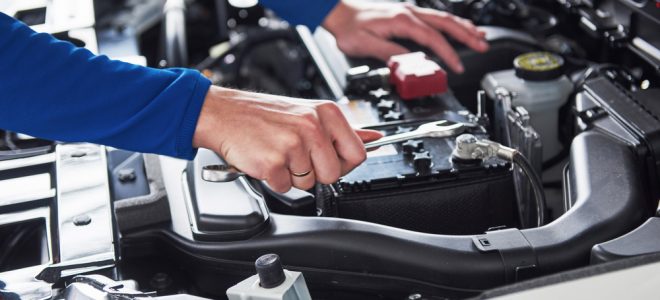A car is a considerable investment, which is why it makes sense that you would want to maintain its value and condition even after years of usage. Automobiles have relatively complicated systems that are interconnected to each other. As such, what looks like a simple problem can actually have less apparent causes and lead to headaches for new car owners. Don’t fret, though. You can still take care of your vehicle as long as you research diligently.
Whether you’re in Canandaigua, New York, or in another state, here are some car service tips for maintaining your vehicle:
Have Your Car Inspected By Experts Regularly

Sending your automobile to the mechanic at least once a month can help extend its life significantly. This is particularly beneficial for new car owners who still need guidance on how to care for their vehicles.
Create a relationship with a professional car repairman and get their contact number so that you can call them whenever you have questions or encounter minor problems. These experts spent years studying how automobiles and their components work, so you can trust that they’ll give reliable advice.
If you’re in Canandaigua, NY, there are lots of credible car service shops with friendly personnel who are willing to lend you a hand. Click here to get to know one of them.
Watch Out For Warning Lights
The best thing about cars today is that you have indicators that automatically light up when the vehicle senses that something is wrong with one of its parts. As a car owner, you must learn the meaning of these warning lights so that you can take the necessary steps to resolve certain issues.
These are some of the typical warning lights that vehicles have:
- Check Engine – When this light turns on, it means that there’s a problem with the sensors and circuitry connected to your car’s OBD-II interface. A professional can easily use a scanner to check the issue.
- Service Engine – This light serves to remind you of the regular maintenance schedule of your vehicle. It comes in various forms, depending on the manufacturer, so it’s best to read your manual for its exact function.
- Electrical Fault – It typically lights up when you start the engine and the vehicle does its self-test. However, if it continues to light up even after you’ve started driving, the issue may be with the charging system, particularly with the alternator.
- Brake – The brake signals light up when you forget to disengage the handbrake. It also notifies you if the brake fluid is running low.
- ABS – The anti-lock braking system (ABS) has indicator lights that flash when there’s a problem with one of its components. This system requires professional care, so if you see the warning, have your car checked by a mechanic.
- Coolant – This warning light is crucial in notifying you that your engine is overheating. When this signal lights up while driving, you should pull over immediately, pop open the hood, and allow your engine to cool down.
- Oil – This indicates that the engine’s oil pressure is low. Other possible causes for this warning light is that there are oil pump failure and filter blockage.
Check For Components That You Can Replace

If possible, you should inspect your car at home after every drive. Check the different components to see whether something has gone loose or if there’s a leak.
Some parts are relatively effortless to replace. However, you must be confident that you can complete the task without errors. Otherwise, you’re just making the issue worse and adding another surprise auto repair expense to your budget. If you are unsure of your capabilities, it’s better to send your vehicle to the mechanic and save yourself the trouble.
Some parts that you can replace or clean at home include:
- Air Filter – This car component must be replaced after 12 months or 12,000 miles. You can easily remove the old one and add a new air filter in as little as 10 minutes. You don’t need tools for the change.
- Windshield Wipers – Install new blades after six months or a year, depending on your usage. Attaching this part isn’t standardized. It typically varies for each manufacturer, so you should read your manual on how to go about the process. You also don’t need additional tools to replace your wipers.
- Oil And Oil Filter – Ideally, you must change your vehicle’s oil every 3,000 to 5,000 miles. You just need to drain the old oil and replace it with new fluid. You’ll need a ratchet as well as oil filter wrench, pan, and funnel.
- Radiator – Clean your radiator and cooling system by flushing a specialized solution. Similar to the oil, you have to drain the old fluid and replace it with a new one, as well as add a coolant.
Drive With Care At All Times
Taking care of your car is a holistic process. This means that you shouldn’t just be diligent in inspecting the vehicle’s parts, but also be conscientious while you’re on the road.
At the start-up, you shouldn’t race the engine. Make sure to accelerate slowly and allow the automobile to gain momentum.
Moreover, if you’re driving a manual transmission car, you should shift to neutral during full stops, like in red lights. This gear warns the vehicle that it shouldn’t push the car at that moment.
Read The Manual

Image source: electricalapparatus.net
Once you bring home your dream car from the dealer, you should read the manual and become familiar with the different systems in your vehicle. While you don’t need to study it thoroughly, you ought to have a good idea of the various sections that you can turn to when problems arise.
Pay Attention To Your Car’s Operation
As a car owner, you must know how your ride must feel and sound. Be mindful of rumbles, jerks, shudders, and other indicators that there are issues with the engine, brakes, or other components of your vehicle. Take note of the times and conditions when these symptoms happen.
Conclusion
Investing in the maintenance of your vehicle saves you money in the long run because minor issues don’t develop into significant problems. Make sure that you send your car to be inspected by professionals regularly. Be mindful when warning signals light up as well.
You can also do things at home that can improve your automobile’s performance, like replacing some components, driving with care, reading the manual, and paying attention to the car’s operation.




